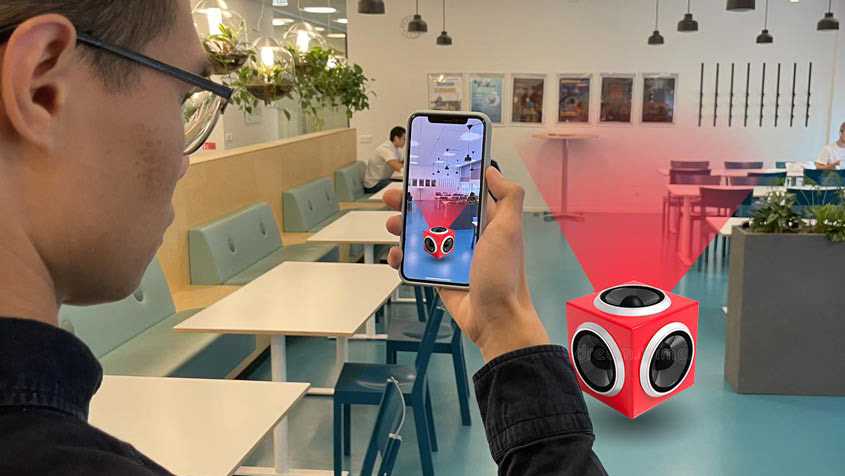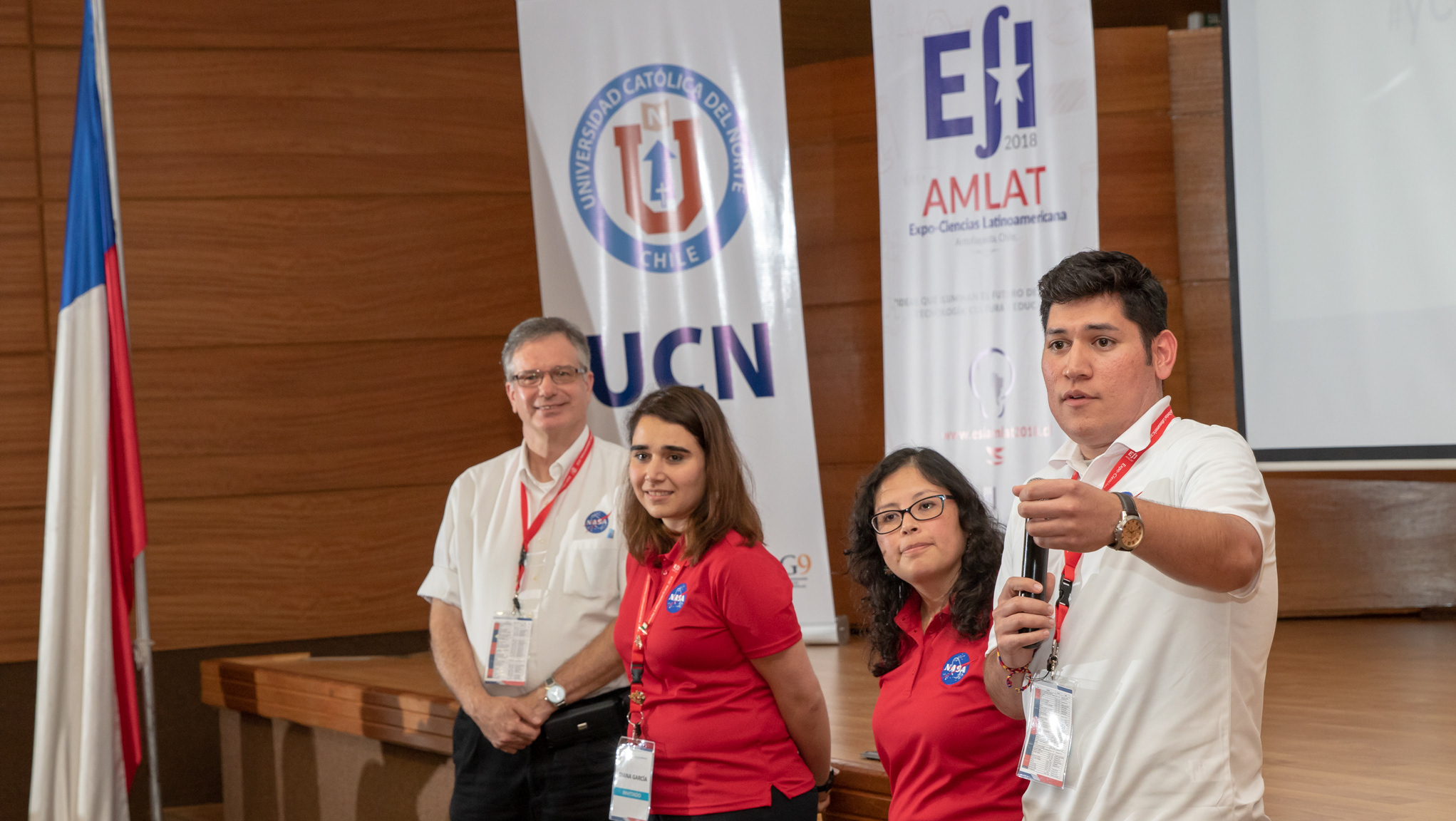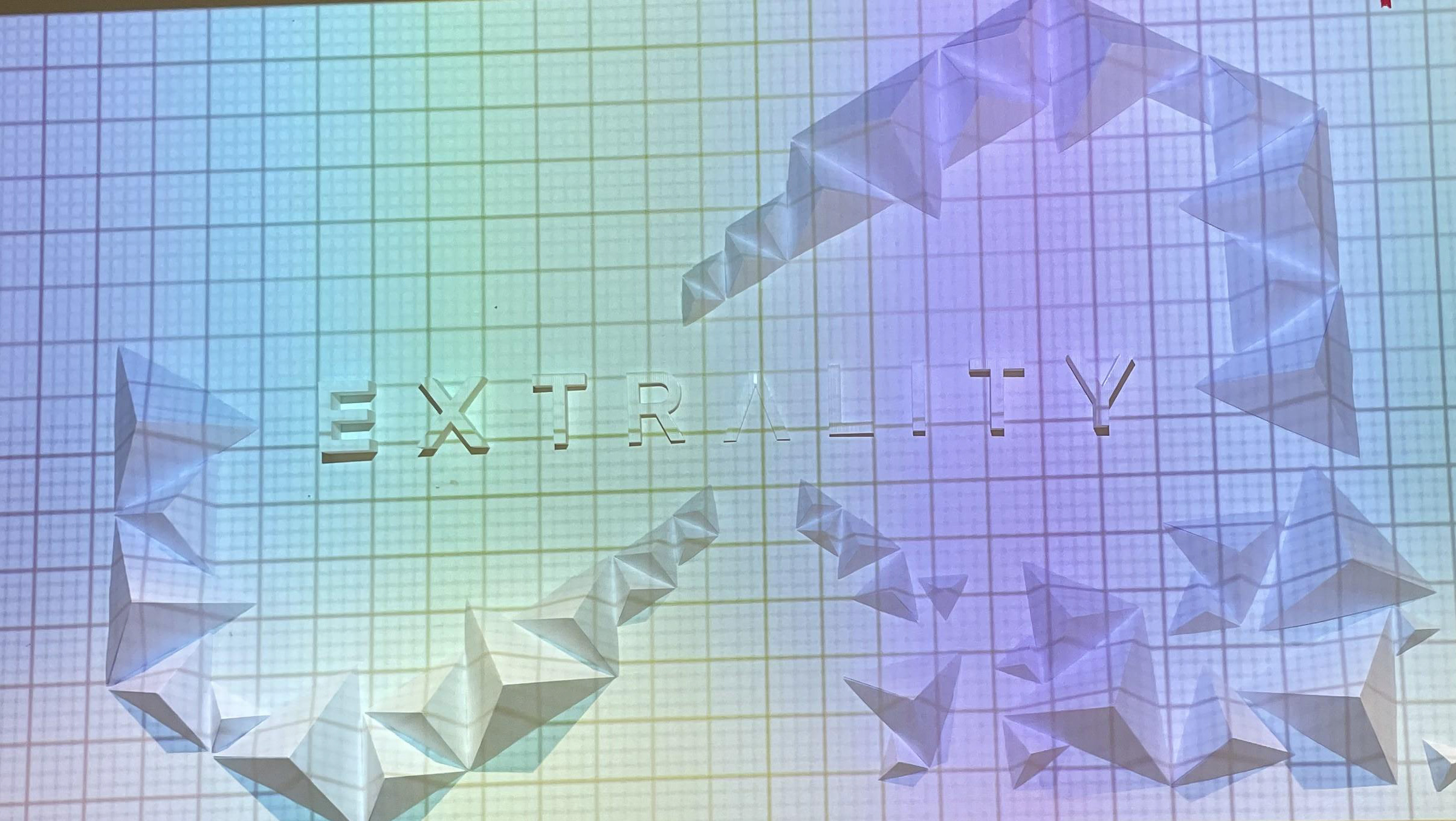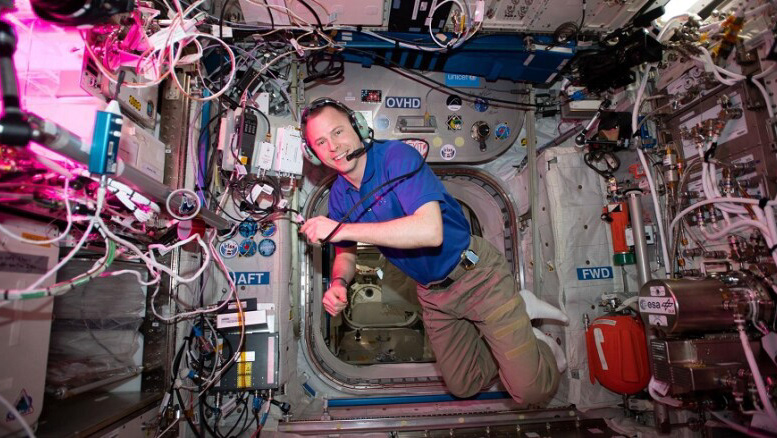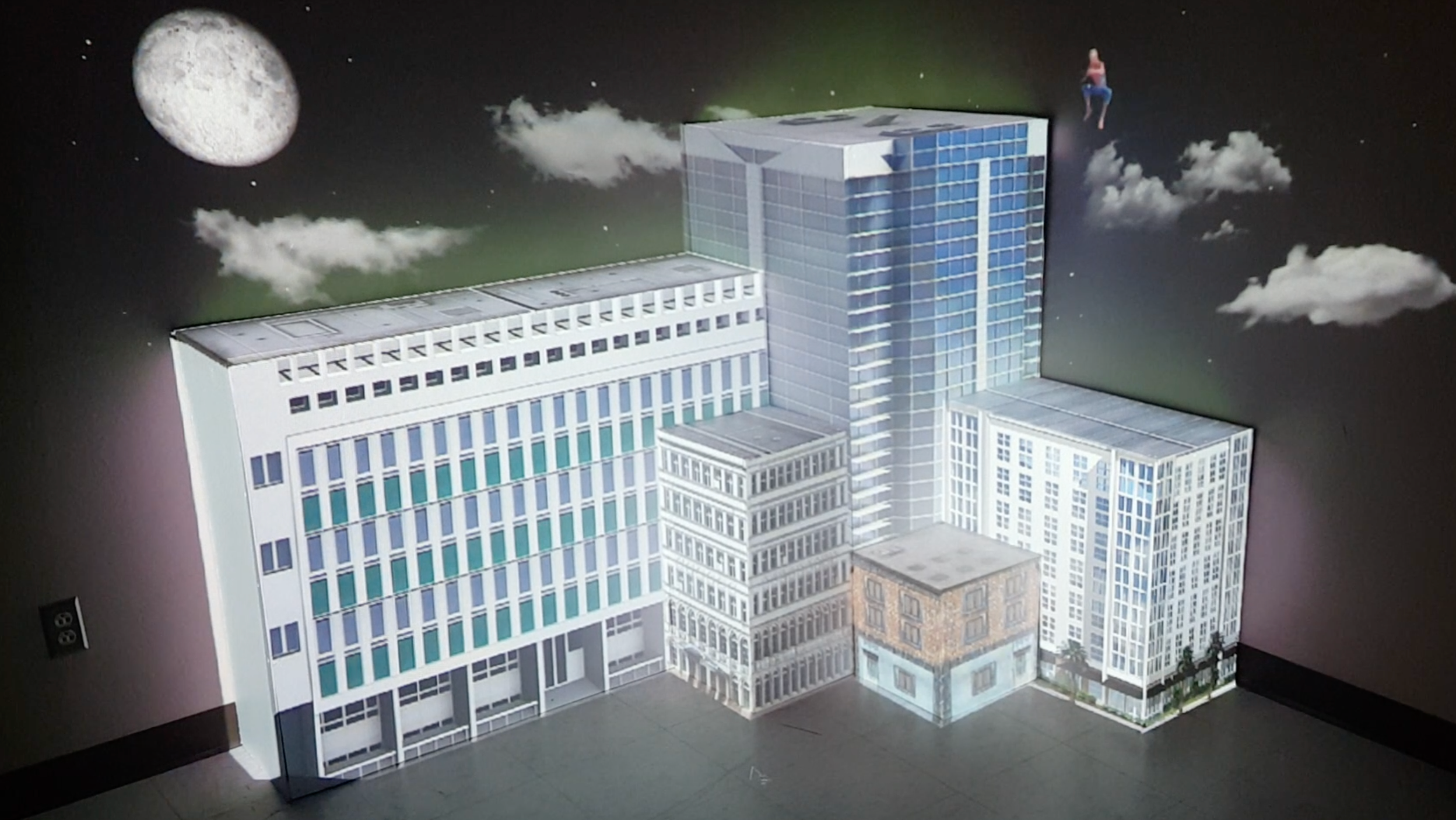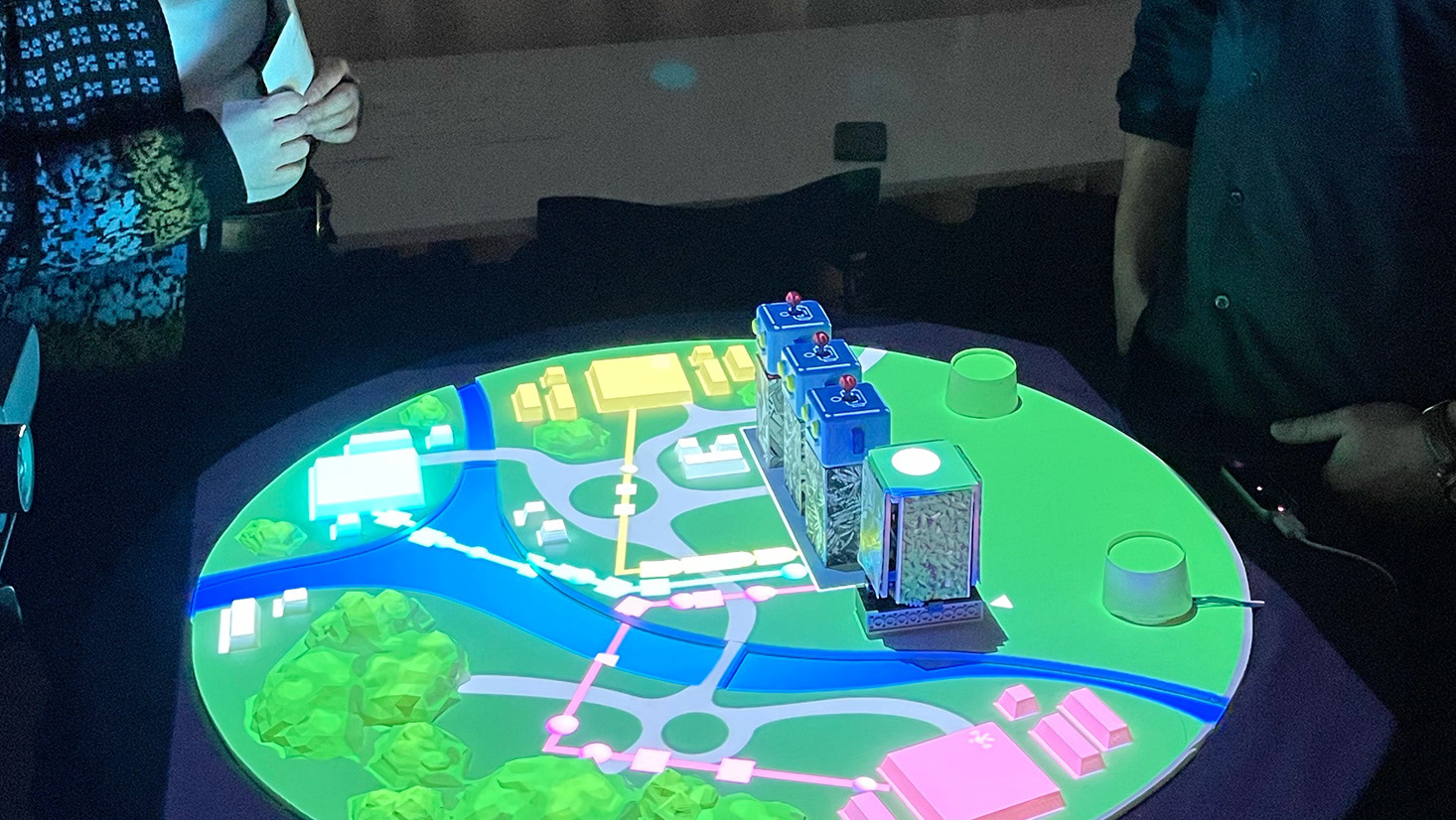G-Force: Space Education through Virtual Reality
Virtual Reality and Haptic Feedback, Stockholm University - 2022----------------------------------------
OVERVIEW:
G-Force is an innovative virtual reality (VR) experience designed to transform how students learn about space and planetary gravities. Traditional science education often relies on two-dimensional displays, which lack the immersive depth necessary for understanding complex astronomical concepts. G-Force addresses this limitation by providing a fully immersive VR environment where students can kick a ball to experience the differing gravities of various planets.
Immersive Learning through Sensory Alignment:
The core objective of G-Force is to enhance the sense of presence for users by minimizing sensory misalignment. By supplying various stimuli—both virtually and physically—our VR experience targets visual, auditory, kinesthetic, and tactile senses. This approach aligns with the sensory stimulation theory, which posits that engaging multiple senses creates a superior learning environment. By stepping into a virtual space, students are not only able to visualize but also physically feel the differences in planetary gravities, leading to a more comprehensive understanding of the solar system.
ENJOY A SHORT HYPE VIDEO:
Conclusion Summary:
G-Force represents a significant step forward in educational technology, offering a dynamic and immersive way to learn about space. By engaging multiple senses and providing a realistic simulation of planetary gravities, G-Force not only makes learning more engaging but also more effective. This project underscores the potential of VR to revolutionize educational methods, making complex scientific concepts accessible and understandable for students.
- Immersive Educational Experience: Utilized VR to explore gravitational differences on Earth, the Moon, and Mars.
- Interactive Physical Interactions: Users engaged by simulating kicking a ball with a virtual boot on their ankle.
- Enhanced Learning: Facilitated deeper understanding of celestial mechanics and the solar system.
- Future Development: Planned integration of full-body representation and physical surfaces for increased immersion.
- Educational Innovation: Demonstrated commitment to leveraging VR for impactful science education.
This project exemplifies the transformative potential of VR in educational settings, showcasing innovative approaches to engage learners and deepen comprehension of complex scientific concepts.
Photo GALLERY:

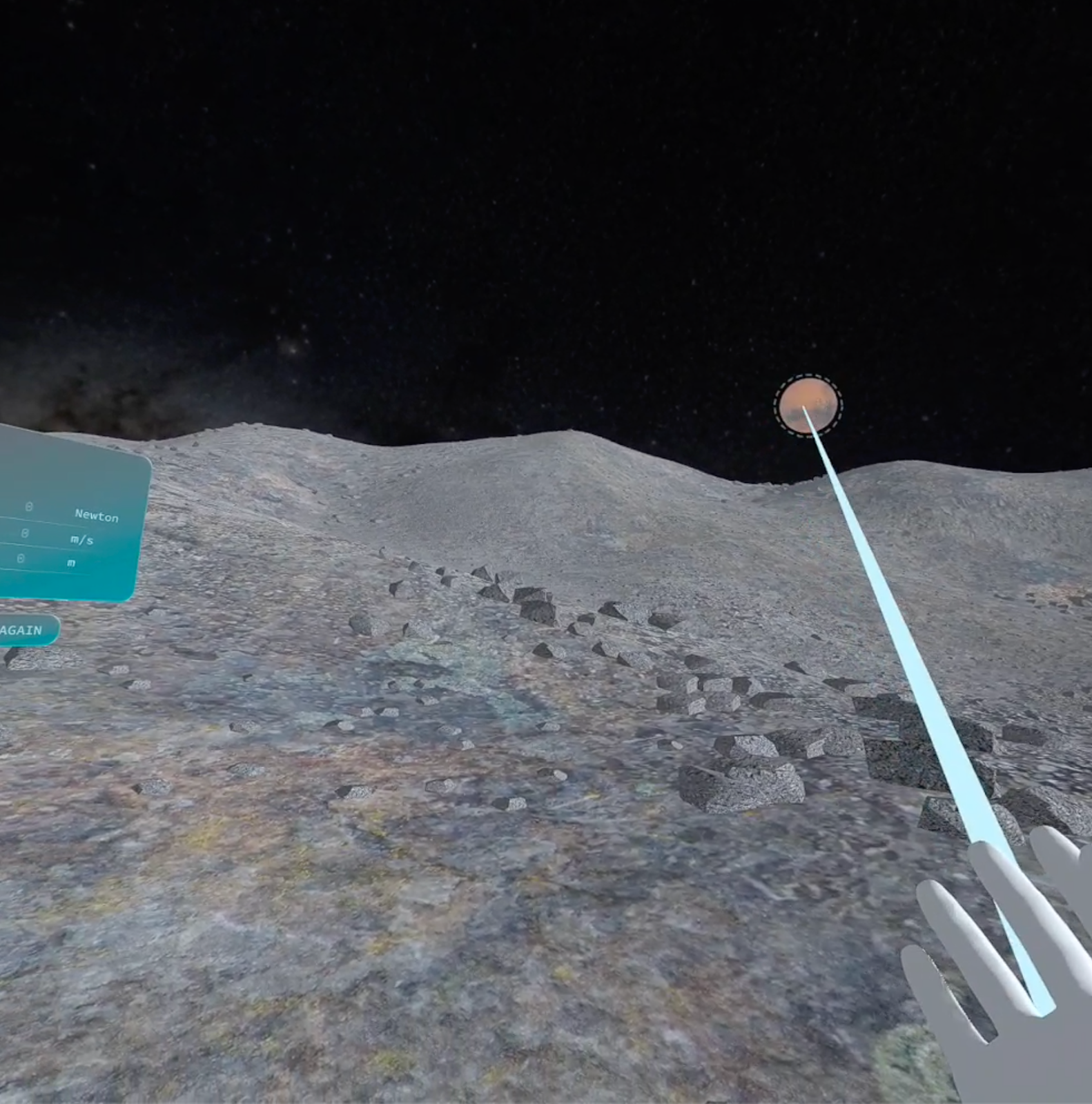


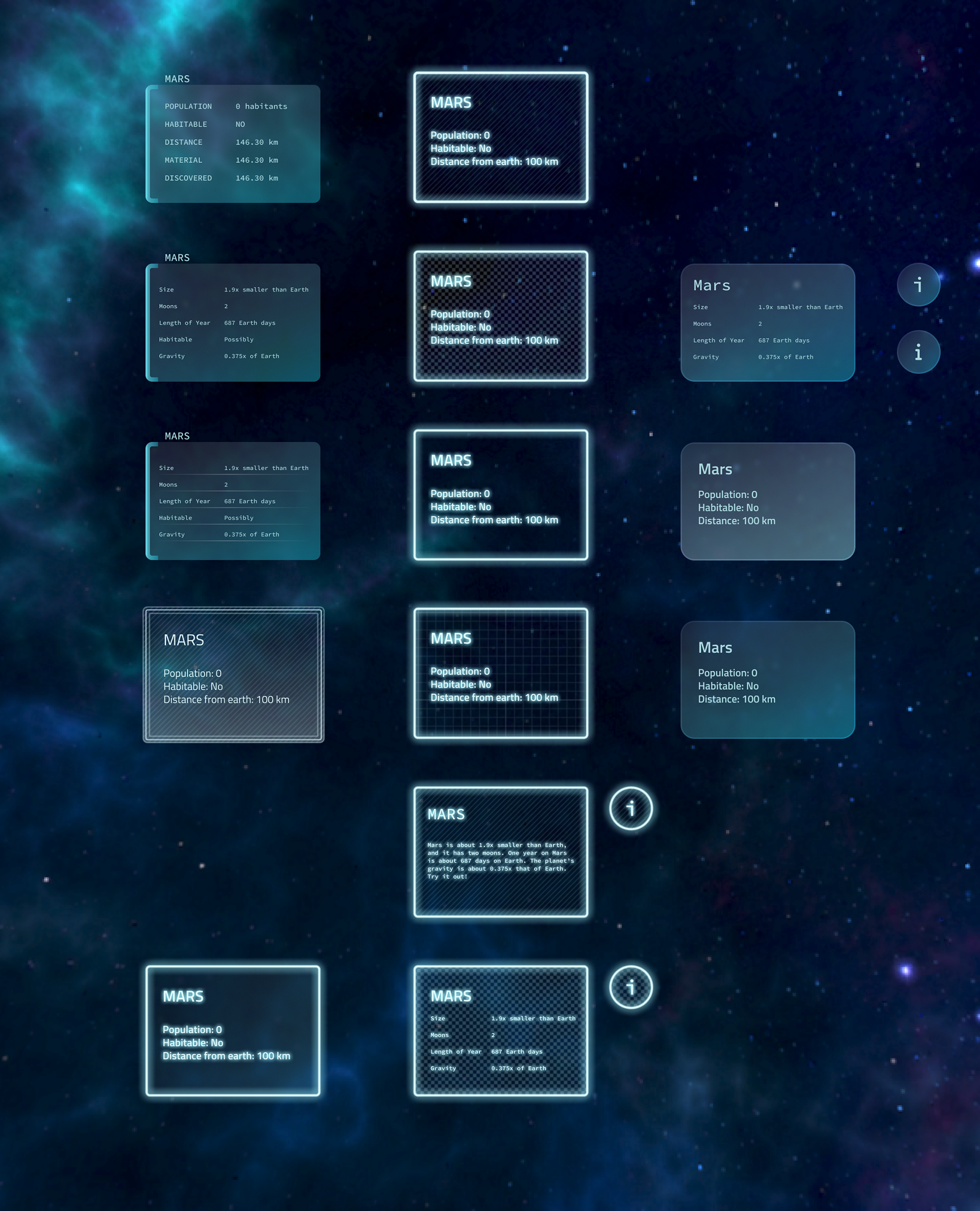
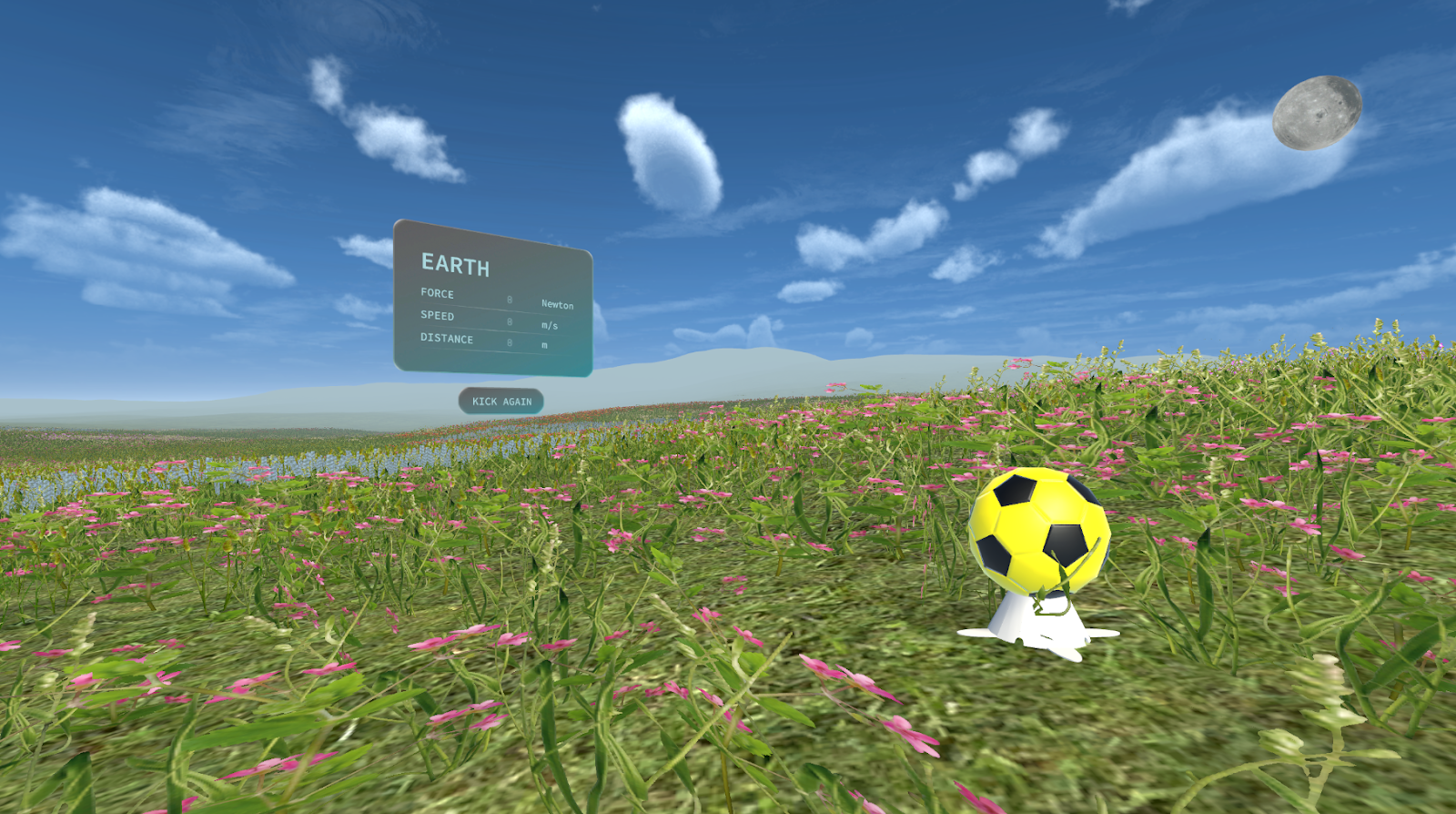








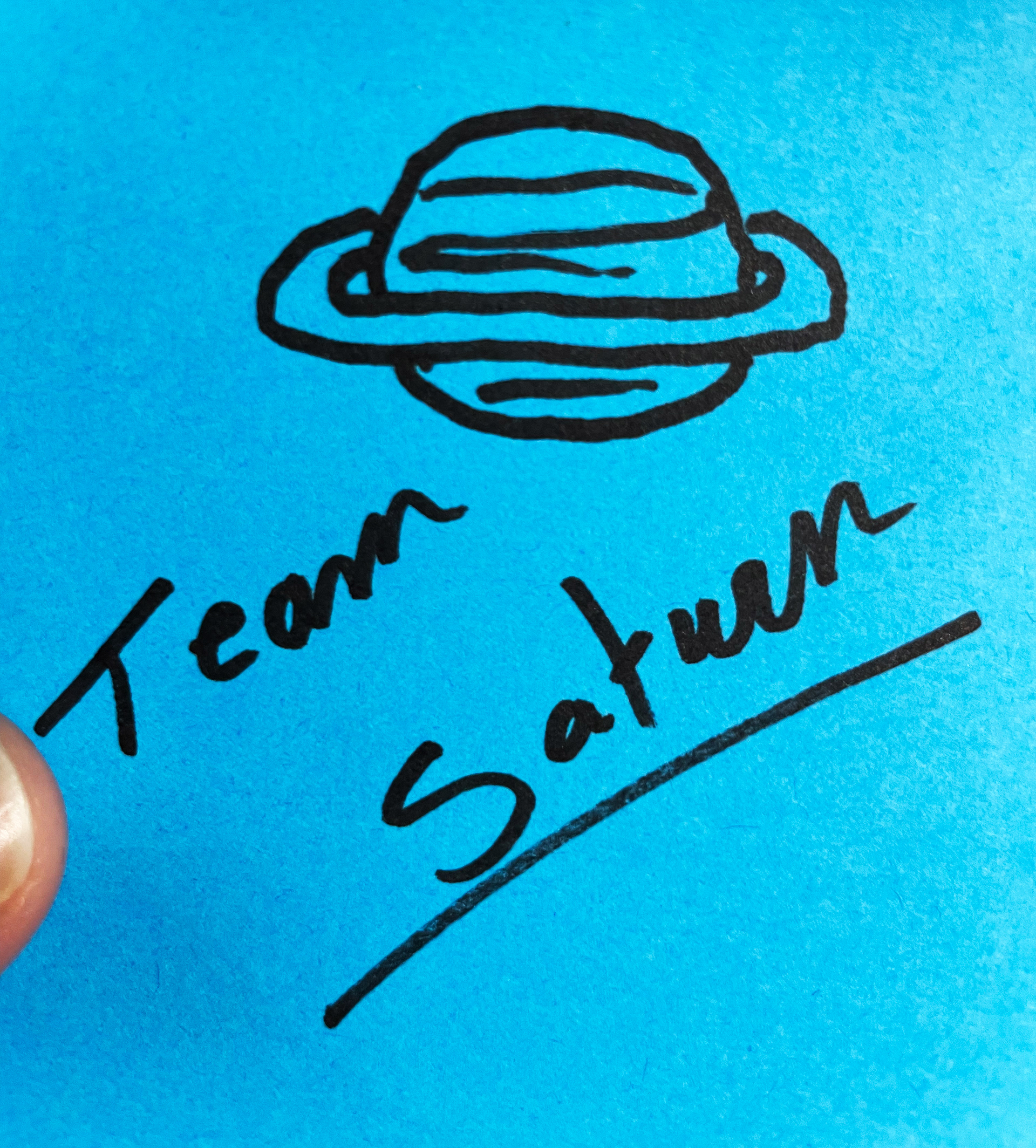

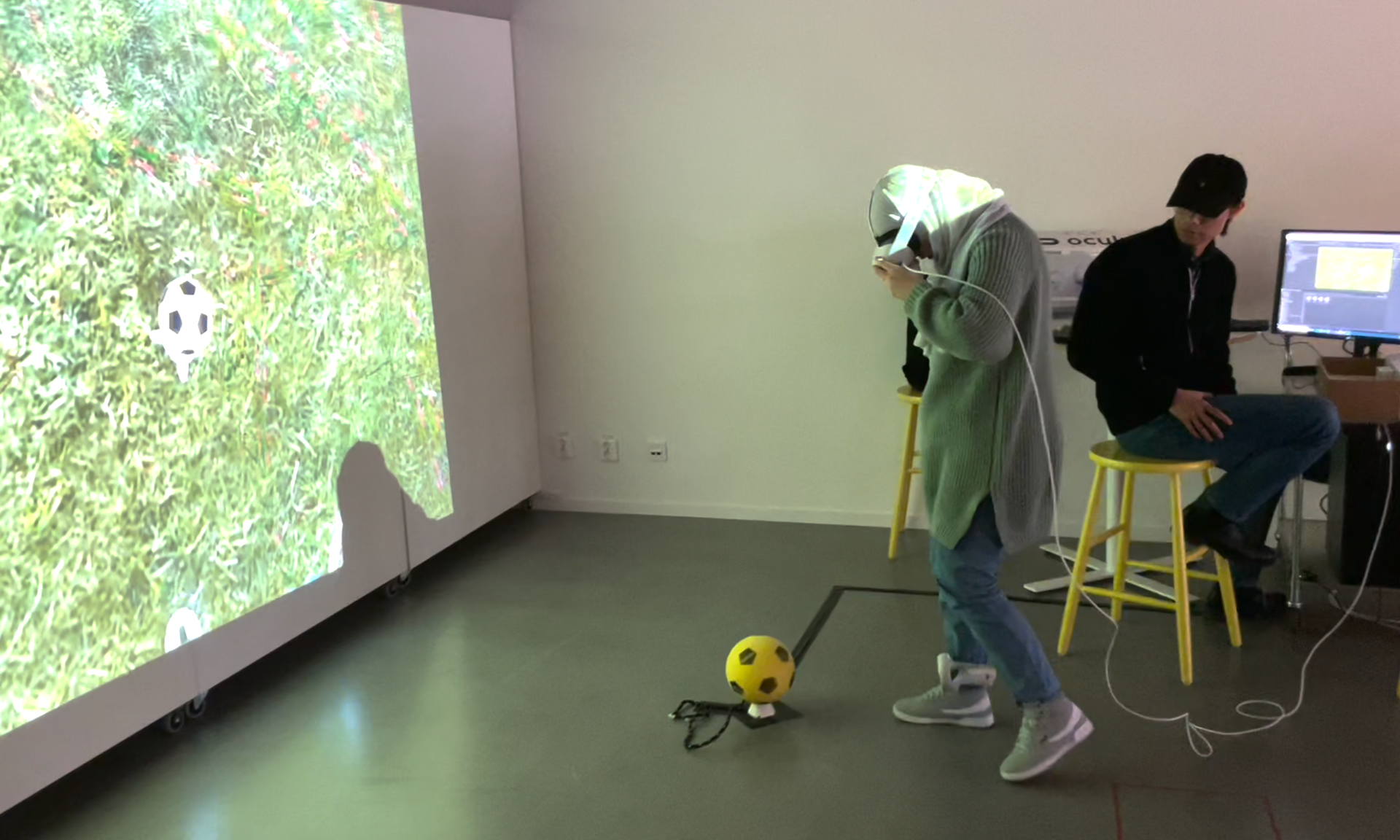
SKILLS:
- Interactive Design: Creating interactive experiences where users can physically interact with virtual objects (e.g., kicking a ball).
- 3D Modeling: Creating virtual representations of objects and environments within the VR space and developing physical structures.
- Unity: Utilizing game engines to develop and integrate VR experiences.
- Hardware Integration: Connecting VR systems with peripherals such as motion controllers and haptic feedback devices.
- Rapid Prototyping: Iteratively developing and testing VR prototypes to refine user experience and functionality.
Team: Erik Lopez, Hoda Ismail, Leo Nordén, and Stella Millwood.


